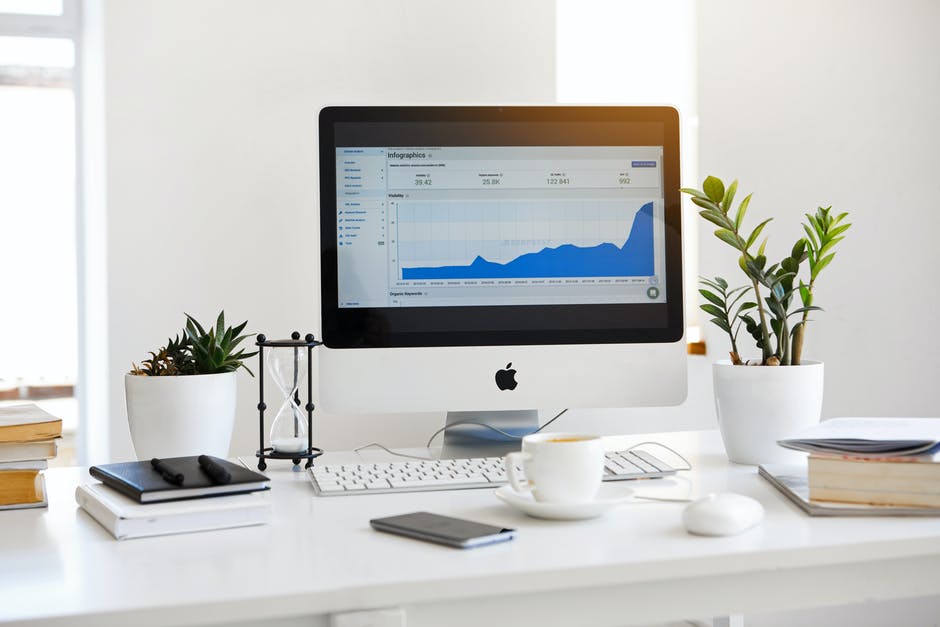
October 1, 2020
Understanding Calibration Requirements for Digital Data Loggers
We are living in an increasingly data-driven society. Each day, over 2.5 quintillion bytes of data are produced. It’s estimated that there will be more than 1.7 MB of data generated each second for every human on Earth by the end of 2020.
Having accurate, high-quality data becomes increasingly important each year, as well. This is true no matter what industry or business you’re discussing. Everything from credit card companies to predictive analytics to food companies have been integrating data into their business models.
Making data-driven decisions requires quality, accurate data. So how does someone ensure a digital data logger is calibrated properly? Let’s find out!
The Calibration Requirements Of Digital Data Loggers
A digital data logger can be anything used to continually monitor and record a continual flow of data using an external instrument or sensor. That means a data logger could be measuring anything from biopharma safety to pedestrian traffic. How does someone calibrate such an instrument with such a wide range of different uses?
Digital data loggers are often used in situations involving food or medicine, where strict safety regulations are of the utmost importance. That’s why it’s so important to be so meticulous about calibrations. People’s lives literally depend upon it.
Data loggers can be calibrated for a number of different applications. Temperature and humidity are two variables that are often monitored by digital data loggers. Either one can serve as an effective illustration of how digital data logger calibration works.
Take a temperature calibration, for instance. A temperature calibration involves comparing one data logger against the second piece of equipment that has already been calibrated for a particular parameter. The reference equipment is a highly precise instrument that is regularly checked by an accredited laboratory.
During the calibration, the two instruments are left for a set period of time. If the two measurements vary at the end of the trial, the instrument that’s being calibrated undergoes maintenance or, in extreme cases, is replaced entirely.
Why Calibration Is Important
Data loggers are often used in environments where temperature is vitally important. Food manufacturing and processing plants are two common scenarios that often use data loggers. Pharmaceutical storage and manufacturing facilities are another. In some circumstances, especially with pharmaceuticals, even almost infinitesimal errors can prove deadly.
Regulatory agencies require equipment to be maintained regularly. Calibration certificates are routinely asked for during FDA inspections, for instance. For even more sensitive applications, ISO 17025 calibration may be necessary.
These inspection certificates need to be easily accessible by anyone whenever they’re requested. It’s a good idea to have all of your calibration certifications available on a publicly-accessible cloud drive in case of inspection.
What Is ISO 17025 Calibration?
ISO 17025 calibration is far more exacting and precise than factory calibrations. The standards for ISO 17025 were implemented in 1999 by the International Organization for Standardization. There were already standards in place under the ISO 9000 standard, but ISO 17025 deals specifically with instruments involved with testing and calibration equipment. As such, ISO 17025’s standards are far more exacting.
ISO 17025 has been updated three times since 1999. Organizations that deal with calibration and standards have had to keep up with each of these modifications to keep their facility in good standing with the IOS in order to be eligible to issue ISO 17025 calibration.
What Causes Drift In Instruments?
Why is calibration necessary in the first place? Unfortunately, nothing is perfect in an imperfect world. Nothing stays perfect either, unfortunately, as entropy enters every stable system at some point.
The variables that cause an instrument to drift depend upon the sensor itself as well as what it measures. It also depends a great deal upon how that instrument’s sensor element is protected.
Temperature sensors tend to be some of the most stable measurement tools available. They can stay stable for a number of years, meaning they usually don’t require calibration all that often.
Humidity sensors can be more sensitive and, as such, may need calibration more regularly. A data logger that uses capacitive humidity sensors to measure room temperature environments is one scenario where calibration may be necessary more frequently. Electrolytic humidity sensors in extremely precise environments, such as clean rooms, or for very hot or very dry environments, like an incubator, are two other scenarios where calibration may be required more regularly.
Why Calibration Is Important For Data Loggers
As we’ve just discussed, many sensors stay consistent for long periods of time. It’s often recommended to have your data loggers calibrated each year, however. Why is it necessary to calibrate more solid and dependable data loggers like temperature sensors, for instance?
The most obvious and common answer is that while sensors may stay the same, regulations may not. Calibration laboratories stay up-to-date on the latest changes to federal regulations, including for different industries. Taking your sensor equipment to get updated regularly ensures that your manufacturing or storage facilities will remain in compliance with the latest safety laws, rules, and regulations.
Precision is of the utmost importance in so many different circumstances. For things like medicine, even a fraction of a decimal point can mean the difference between life or death.
Are You Looking For Calibration Services For Your Data Logger?
Quality, dependable data is the lifeblood of a great number of industries and organizations. For many, it truly can save lives. If you’re looking for calibration for your digital data loggers, contact us today to schedule an appointment or let us know how we can help you!